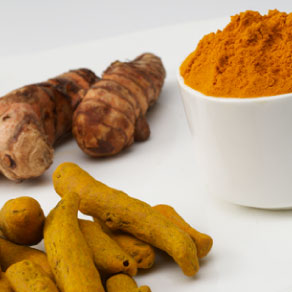
A breath test could one day be used to detect four of the most common types of cancer, say scientists.
Researchers have developed sensors that can spot chemical signs of lung, breast, bowel and prostate cancer in a person's breath.
They believe further work could lead to a cheap, portable "electronic nose" that can help doctors diagnose cancer at an early stage.
The scientists carried out tests on 177 volunteers including healthy participants and patients with different cancers. They showed it was possible to use sensors to detect chemicals emitted from tumour cells that appear in the breath.
Professor Abraham Kuten, one of the researchers from the Technion Israel Institute of Technology in Haifa, Israel, said: "This study shows that an 'electronic nose' can distinguish between healthy and malignant breath, and can also differentiate between the breath of patients with different cancer types.
"If we can confirm these initial results in large-scale studies, this new technology could become a simple tool for early diagnosis of cancer along with imaging. It could also be an easy way to assess and monitor the effectiveness of cancer treatment and detect relapses earlier."
The research is reported on Tuesday in the British Journal of Cancer.
Dr Lesley Walker, from the charity Cancer Research UK, which owns the journal, said: "It is important to say at the outset that this is a small study at a very early stage and much more research is needed to see if breath can be used in the detection of cancer. These results are interesting and show that there is the potential to develop a single breath test to detect these cancers.
"Strengthening the methods for early diagnosis of cancer as well as improved treatments will have a significant impact on cutting death rates.
"Breast, lung, bowel and prostate cancers are the four most common types of cancer in the UK. They often go undetected until the disease is well established and are the most common causes of death from cancer."
Original news from:

















